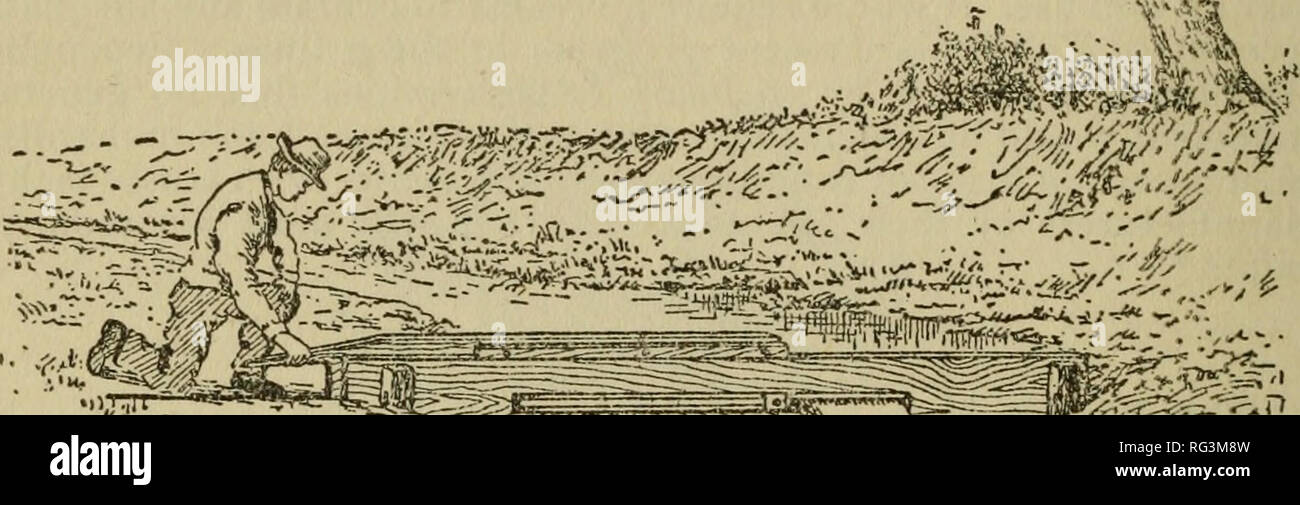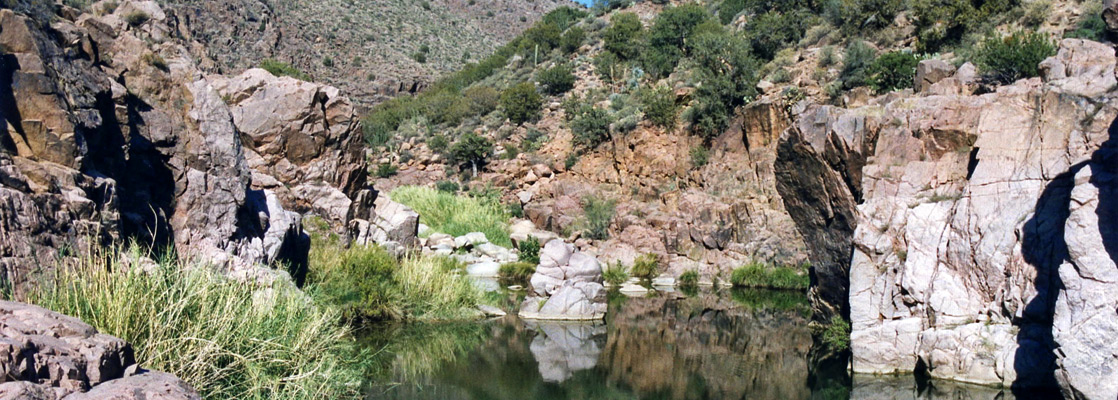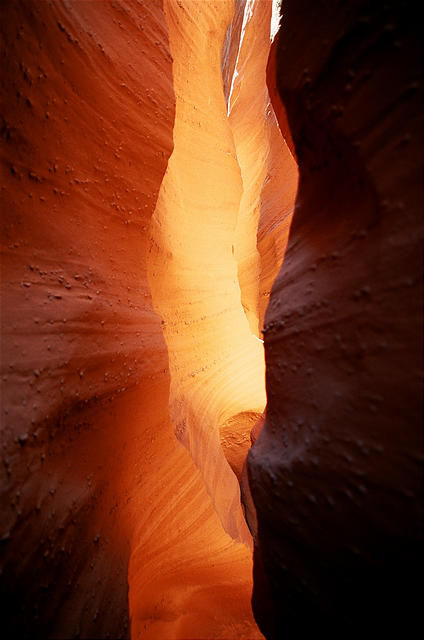Water Flow Through A Slot
The width of the slot opening determines the flow rate. To calculate the flow rate of a Slot Drain, you can use these formulas: 1/2 inch slot opening = 11 gallons per minute per foot of slot 1 inch slot opening = 18 gallons per minute per foot of slot. The flow of solution through these narrow channels is determined by the Pouiselle Flow equation (given by Equation 1) where the drop in pressure within a slot-die head (delp) is determined by the flow rate of the solution (V), the viscosity of the solution (mu), the channel length (L), and the channel width (b).
- Water Flow Through A Slot Extruded
- Water Flow Through A Small Block Chevy
- Water Flow Through A Slot Machine
- About Us
- General Information
- Products
- Engineering
- Contact Us
- Vendor Terms
Register: Click Here to Register
Contact Us:
| MANUFACTURING PLANT & GENERAL OFFICES 8351 N.W. 93RD Street (DeBogory Drive) Medley, Florida 33166-2096 Phone : (800) 348-8357 Fax : (305) 887-3986 www.usfoundry.com | GREENSBORO AREA BRANCH OFFICE 7123 BROWN SUMMIT ROAD BROWN SUMMIT, N.C. 27214 Phone : (800) 527-8380 Fax : (336) 656-9724 ncsales@usfoundry.com |
| CUSTOMER SERVICE 8351 N.W. 93RD STREET MEDLEY, FL 33166 Phone : (800) 432-9709 Fax : (305) 887-9429 sales@usfoundry.com | COLUMBIA BRANCH OFFICE 145 CALVIN DRIVE COLUMBIA, S.C. 29223 Phone : (866) 702-1182 Fax : (803) 735-9922 scsales@usfoundry.com |
| TAMPA BRANCH OFFICE 2119 S. 50th STREET TAMPA, FL 33619 Phone : (813) 247-7050 Fax : (813) 873-2254 tampasales@usfoundry.com | MOBILE AREA BRANCH OFFICE 100 Bessemer Ave. Prichard, Al. 36610 Phone : 251-272-8645 Fax : alsales@usfoundry.com |
| ATLANTA BRANCH OFFICE 1105 BOLTON ROAD, N.W. ATLANTA, GA 30331 Phone : (800) 696-6986 Fax : (404) 696-9482 atlsales@usfoundry.com |

Catalog
FLOW AREA FOR GRATES:
The net open area of each grate is listed, so that a general comparison of flow rates can be made. These open areas are figured for the entire grate. When determining actual flow areas, this should be reduced by the area of the seat. The net open area is calculated in square inches.
RESTRICTED GRATE OPENINGS:
When you design your project and you select a grate design, it is often necessary to consider slot size. We have identified the USF grates with relatively small slot lengths as “Restricted Grate Openings”. This term is applied when the slot lengths are 6 1/2 inches or less. The 6 1/2 inch dimension is an arbitrary length and does not imply the recommendation of a grate for any particular application.

ADA (AMERICANS WITH DISABILITIES ACT) APPLICATIONS:
When you design your project, you should be attentive of how the Americans with Disabilities Act (ADA) affects the placement of products. The application, as it relates to grating, states that grates in walking surfaces have slot openings 1/2 inch or less in one direction. Grates with elongated opening will be placed with long dimension perpendicular to the dominant direction of travel.
US Foundry offers many options to accommodate your ADA requirements including Trench and Inlet Grating, Catch Basins and Curb Inlets that are ADA compliant when installed properly. These products are found in our “Trench Grate” section, page here and throughout the “Catch Basin”, “Curb and Gutter” and “Cast Iron Grating” sections. However, we do suggest reviewing ADA specifications before specifying a particular item. Contact us to see how we can meet your needs.

Stoplogs are hydraulic engineering control elements that are used in floodgates to adjust the water level or discharge in a river, canal, or reservoir. Stoplogs are sometimes confused with flashboards, as both elements are used in bulkhead or crest gates. Stoplogs are typically long rectangular timber beams or boards that are placed on top of each other and dropped into premade slots inside a weir, gate, or channel. Present day, the process of adding and removing stoplogs is not manual, but done with hydraulic stop log lifters and hoists.[1] Since the height of the barrier can only be adjusted through the addition and removal of stoplogs, finding a lighter and stronger material other than wood or concrete became a more desirable choice.[2] Other materials, including steel and composites, can be used as stoplogs as well. Stoplogs are designed to cut off or stop flow through a conduit.
Use of Stoplogs[edit]
Stoplogs are modular in nature, giving the operator of a gated structure the ability to control the water level in a channel by adding or removing individual stoplogs. A gate may make use of one or more logs. Each log is lowered horizontally into a space or bay between two grooved piers referred to as a stop log check.[3] In larger gate structures, there will be multiple bays in which stoplogs can be placed to better control the discharge through the structure.
Stoplogs are frequently used to temporarily block flow through a spillway or canal during routine maintenance. At other times stoplogs can be used over longer periods of times, such as when a field is flooded and stoplogs are being used in smaller gates in order to control the depth of water in fields. The logs may be left in and adjusted during the entire time that the field is submerged.
In most cases, the boards used are subjected to high flow conditions. As individual stoplogs begin to age they are replaced. Typically small amounts of water will leak between individual logs.
Water Flow Through A Slot Extruded
Stoplogs are typically used in structures where the removal, installation, and replacement of the logs is expected infrequently. When larger flows of water are passing through a stoplog gate, it can be difficult to remove or place individuals logs. Larger logs often require multiple people to position and lift the logs.
Stoplogs vs. Flashboards[edit]
Sometimes engineers will use these two terms interchangeably by calling a stoplog a flashboard. This is done in part because unlike many other types of bulkhead gates that are one continuous unit, both stoplogs and flashboards are modular and can be easily designed to hold back water at varying levels. However, most engineering texts and design firms differentiate between the two structures. Stoplogs are specialized bulkheads that are dropped into premade slots or guides in a channel or control structure, while flashboards are bulkheads that are placed on the crest or top of a channel wall or control structure. Flashboards are sometimes designed to break away under high flow conditions and thus to provide only a temporary diversion. In contrast, stoplogs are intended to be reused, and failure of a stoplog will result in an uncontrolled flow through a gate.
Handstops[edit]
Smaller stoplogs are sometimes referred to as handstops. Handstops are used in smaller gated structures, such as irrigation delivery ditches or the gates used to control water depth in larger submerged fields (such as rice fields). They are designed to be easily operated by a single individual.
References[edit]
Water Flow Through A Small Block Chevy
- ^'Stop Log Hoists On American Crane & Equipment Corp'. store.americancrane.com. Retrieved 2017-02-24.
- ^[1], Whipps, George E., 'Aluminum stoplogs'
- ^'Rideau Canal - A History of the Rideau Lockstations: The Basics of a Rideau Lock'. www.rideau-info.com. Retrieved 2017-02-24.